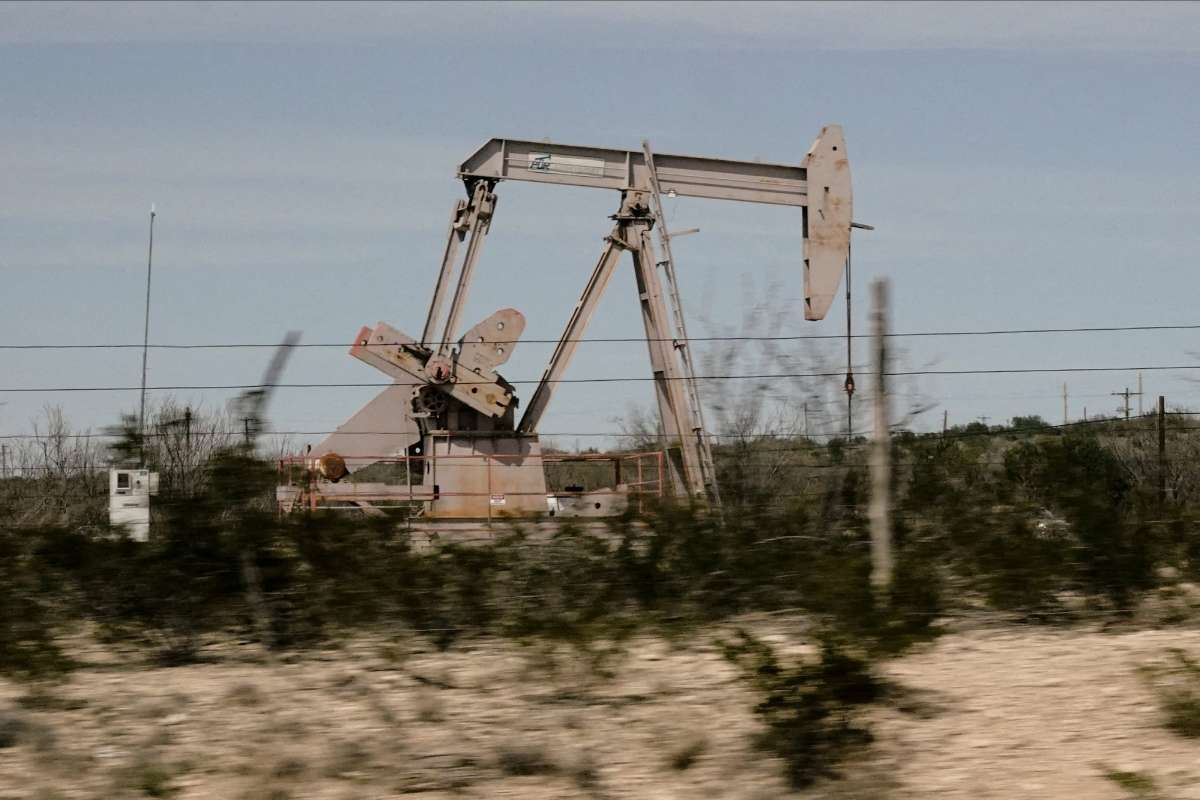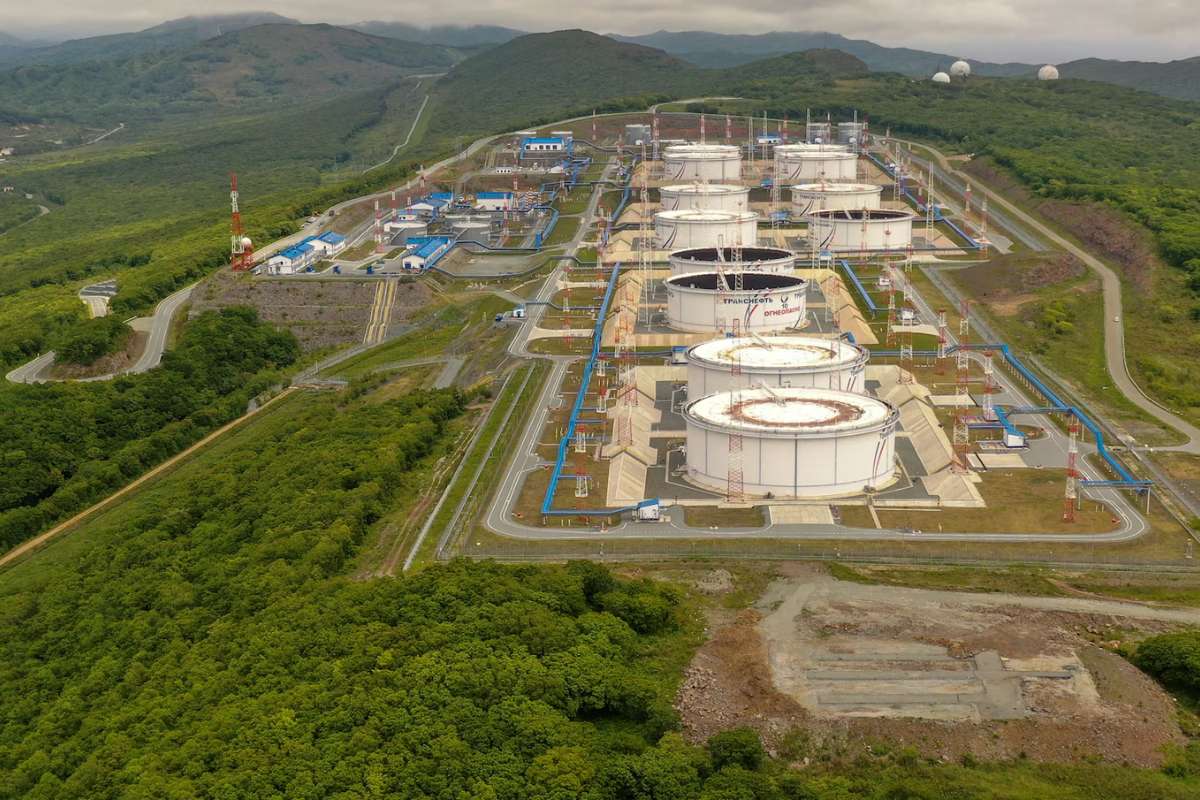A Creative Solution to Renewable Energy Storage
As renewable energy sources like solar and wind continue to expand, the need for effective energy storage solutions has become increasingly urgent. In response to this challenge, researchers at Penn State University have proposed a transformative idea: repurposing abandoned oil and gas wells for compressed air energy storage (CAES). Their findings, recently published in the Journal of Energy Storage, outline a novel approach that could accelerate the shift from fossil fuels to cleaner energy systems.
Traditionally, compressed air energy storage (CAES) systems store energy by compressing air using electricity and holding it in underground caverns. This pressurized air is later released to power turbines and generate electricity. Penn State’s team, however, suggests utilizing the geothermal heat found naturally in depleted oil and gas wells to improve compressed air energy storage (CAES) efficiency. According to the study, this approach could increase energy storage round-trip efficiency by up to 9.5%—a significant improvement in the viability of the technology.
Millions of Wells, Millions of Opportunities
The research highlights the sheer scale of the opportunity in the U.S. alone. More than 130,000 documented orphaned wells exist across the country, and the total number of abandoned wells could be as high as 3.9 million. These wells, often left to decay, emit toxic chemicals that threaten both environmental and public health. The Penn State team sees these idle assets not as liabilities but as untapped infrastructure that could support the clean energy revolution.
One of the key advantages of this proposal is cost-effectiveness. By reusing existing wells, energy companies could dramatically reduce the upfront costs associated with building new compressed air energy storage (CAES) facilities. “This could be a win-win situation,” said Arash Dahi Taleghani, co-author of the study and a professor in Penn State’s Department of Energy and Mineral Engineering. “We’re saving time, money, and addressing environmental issues simultaneously.”
Lawmakers in New Mexico have already shown interest in similar repurposing initiatives, signaling a growing political will to turn old fossil fuel infrastructure into assets for a renewable future.
Environmental Benefits and Community Impact
Beyond its technical and economic benefits, the proposal carries social and environmental advantages. Taleghani emphasized that sealing and converting abandoned wells into energy storage sites would help prevent leaks of harmful chemicals, reducing environmental risks. Additionally, these projects could revitalize local economies that have traditionally relied on oil and gas jobs.
“If we use existing wells, we’re basically hitting two birds with one stone,” Taleghani said. “We seal the wells to stop potential leaks and then repurpose them for energy storage, allowing local communities to remain part of the energy conversation.” He added that maintaining infrastructure in these areas could help preserve employment and support the transition to a sustainable energy economy.
As the demand for clean, reliable energy storage grows, this innovative proposal from Penn State researchers could provide a critical bridge between the fossil fuel past and a renewable energy future.












